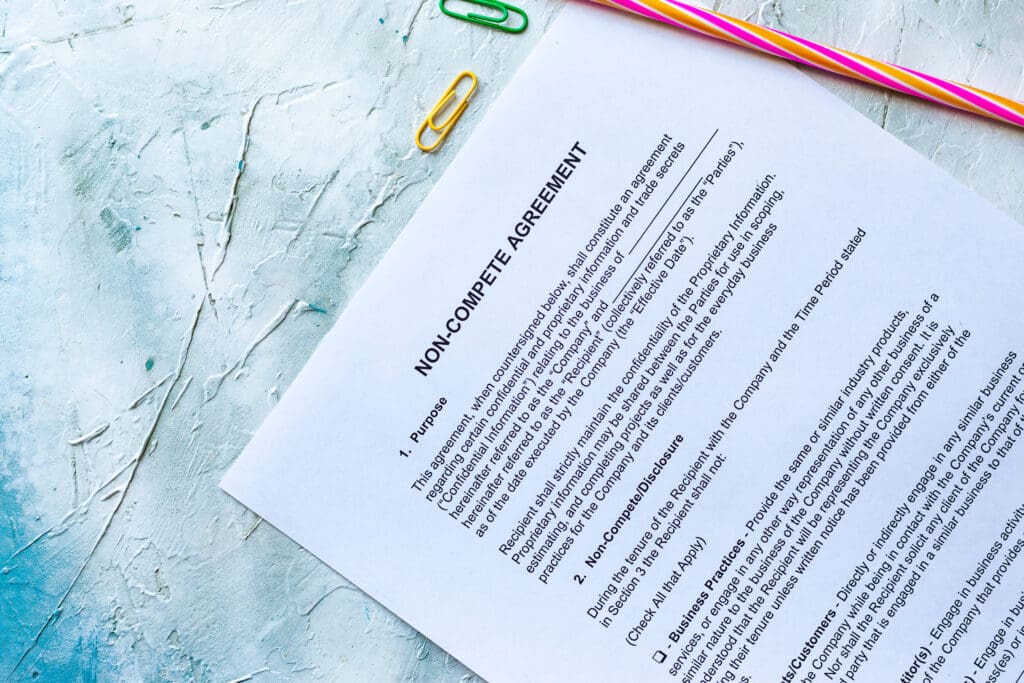By Elliot H. Clark
On February 15, 2019, a terminated employee at the Henry Pratt Company in Aurora, Illinois, shot and killed the company’s HR manager, Clayton Parks, and an HR intern, Trevor Wehner, who had begun his internship that morning. A very tragic moment in a long line of tragic moments of unrestrained violence in a seemingly civilized world that has too many of these uncivilized incidents.
To be sure, there are numerous questions about why and how an illegally retained handgun was used. It is not the place of HRO Today to talk about the political issues of gun legislation, or in this case, existing firearms law enforcement. It is our place to ask: When HR is a target, how do we protect each other?
Workplace violence is nothing new. We are too often hearing stories about managers being targeted or an assailant who is romantically interested in someone who does not return the affection. But this was also distressing because it was an HR person just doing their job. Just acting on some other manager’s decision and processing a termination.
At the HRO Today Forum North America in May and in our May issue, we are going to discuss this complex topic. It is complicated as it involves several aspects that both intersect and collide. First, how do you select employees to try to ameliorate the risk that someone with a history of violent crime is in your workforce? The counterargument is: Shouldn’t we give people a second chance after paying their debt to society? Should we maintain a system of ongoing monitoring of the existing workplace for these dangers signs? Preemployment screening firms have been advocating for this and selling this service for years, yet workers’ rights groups have been vocal opponents of this practice. It does create some uncomfortable aspects in deciding what should and should not be actionable for an employer, and whether, just because you have employee’s permission to monitor, you should know some of what you may find out.
Probably even thornier is striking the right balance culturally. Having practices that are designed around workplace safety are for everyone’s benefit, but so are TSA checkpoints, but I am rarely in a long TSA line without hearing complaints about the process. Fostering an environment of trust is harder when metal detectors are at the entrance to the building or plant. You absolutely need a culture of “see something, say something” and to encourage employees to report verbal threats or erratic behaviors. Yet taking actions on those reports can create grievance procedures in collective bargaining environments and lawsuits in general.
In addition, does your employee handbook make it clear, for example, if verbal threats against co-workers are grounds for disciplinary action or termination? In this case, the termination triggered the fatal attack. There is even debate about whether an employee handbook should state that firearms are forbidden on a company campus. For example, in states with less strict gun laws, should a company ban concealed carry holders the right to exercise that legally approved right within their facility? A company can take that position, but I have a friend who is in HR in Texas who argues that an armed citizen might protect co-workers. He believes that a ban on weapons in the plant will be ignored by someone who is intent on violence.
In short, this is complex. But, no one promised HR a rose garden. It falls to us to navigate these conflicting views and strike that right balance between security and complete trust. For now, join me in expressing condolences for our fallen colleague and a young man at the start of his HR career to an act of senseless carnage.
Here, I asked a lot of questions. At our HRO Today Forum North America and in the May issue, we will be offering our readers perspectives on both strategic and tactical solutions to consider so you can pick the options that will work best in your culture and your organization.














